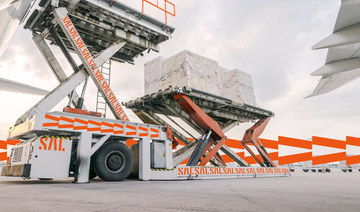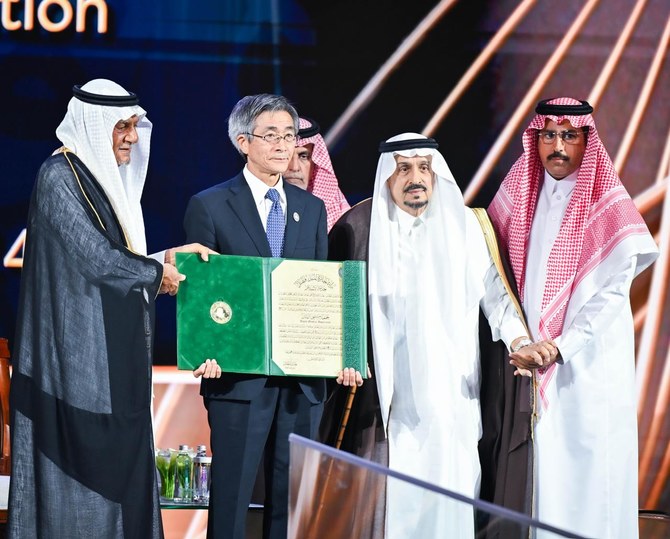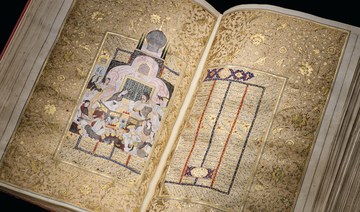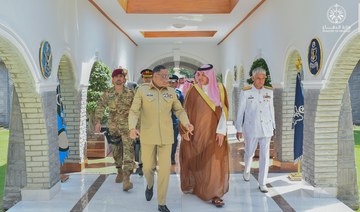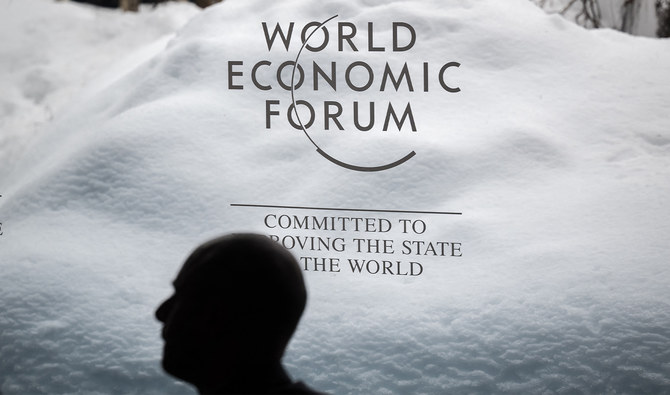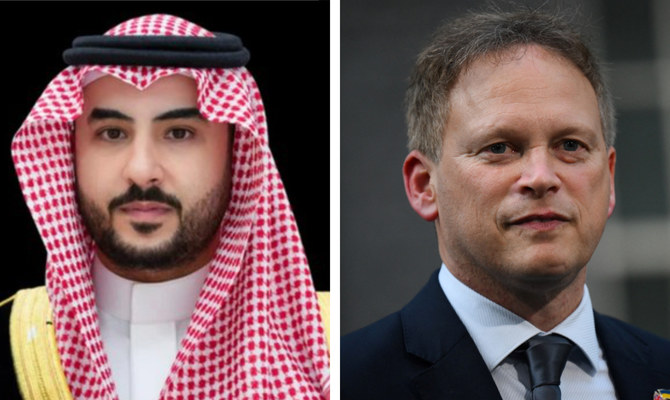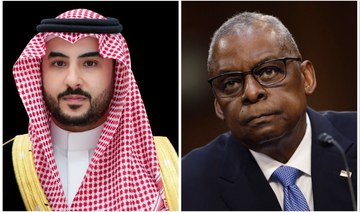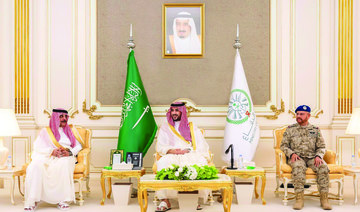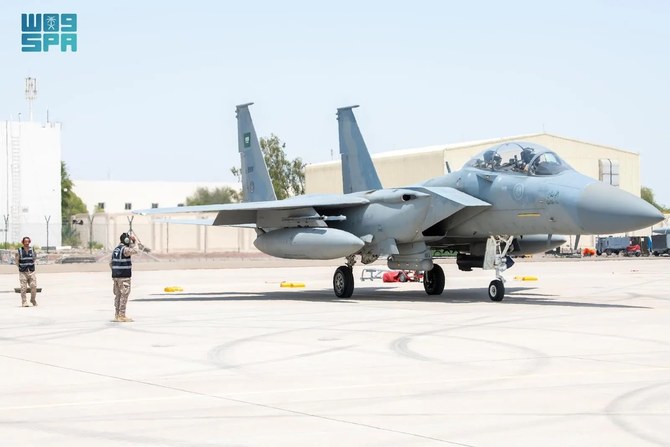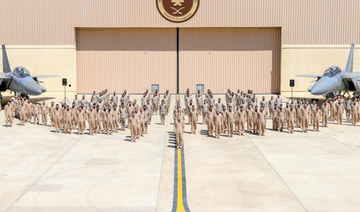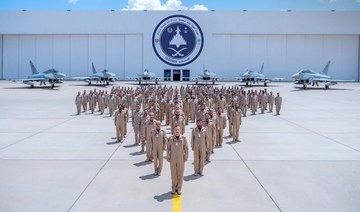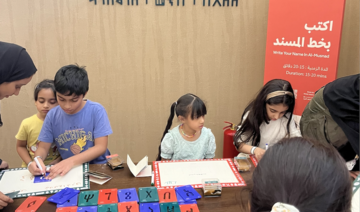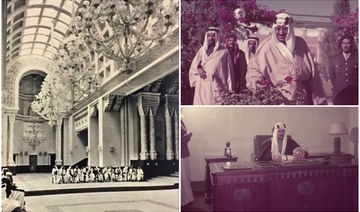RIYADH: Saudi Minister of Transport Saleh bin Nasser Al-Jasser on Wednesday inaugurated a new medical supplies and warehousing facility at King Khalid International Airport in Riyadh.
The Saudi Arabian Logistics (SAL) company’s state-of-the-art center in Cargo Village will handle medicines, related items, and house cooling warehouses.
SAL CEO Omar Hariri told a press conference that the opening coincided with the implementation of global measures on the import and export of vaccines to fight the coronavirus disease (COVID-19) pandemic.
The international efforts required “putting all the operational capabilities in a state of maximum readiness” in coordination with the health authorities, he said.
An area of 5,000 square meters will be used for medicine shipments and perishable materials, of which 900 square meters will be the delivery area. The new cooling areas are three times bigger than the previous ones.
The project contains four gates, three of which are for perishable materials and one for medical supplies.
FASTFACTS
•The project contains four gates, three of which are for perishable materials and one for medical supplies.
• An area of 5,000 square meters will be used for medicine shipments and perishable materials.
• The refrigeration capacity of the facility is 365,000 tons per year.
• The center has also been equipped with 60 devices to monitor temperatures and humidity levels every five minutes.
The refrigeration capacity of the facility is 365,000 tons per year contained in 13 refrigerated warehouses for perishable and medical supplies coming to Riyadh.
The center has also been equipped with 60 devices to monitor temperatures and humidity levels every five minutes using cloud systems to store and monitor information certified by the International Air Transport Association.
The total screening area covers 650 square meters at a temperature of 17 degrees and has a refrigerated medical container loading area with a capacity of up to 20 containers, as well as thermal isolation and temperature-preserving products.
Dr. Hisham Al-Jadhey, CEO of the Saudi Food and Drug Authority (SFDA), said the facility met international standards. “The SFDA has distinguished Saudi scientists, who work to review the standards and specifications to ensure the effectiveness and safety of vaccines,” he added.
Al-Jadhey told Arab News that the SFDA had worked on three aspects in relation to vaccines. “The first aspect is to ensure the effectiveness of the vaccine and by looking at clinical and pre-clinical studies.
“The second is to make sure the vaccine is safe by looking at the studies that have been submitted to use the trials conducted on the vaccine.
“And the third aspect, we check the quality of the vaccine in terms of the presence of defects, manufacturing capabilities, and the quality of the factories,” he said.








